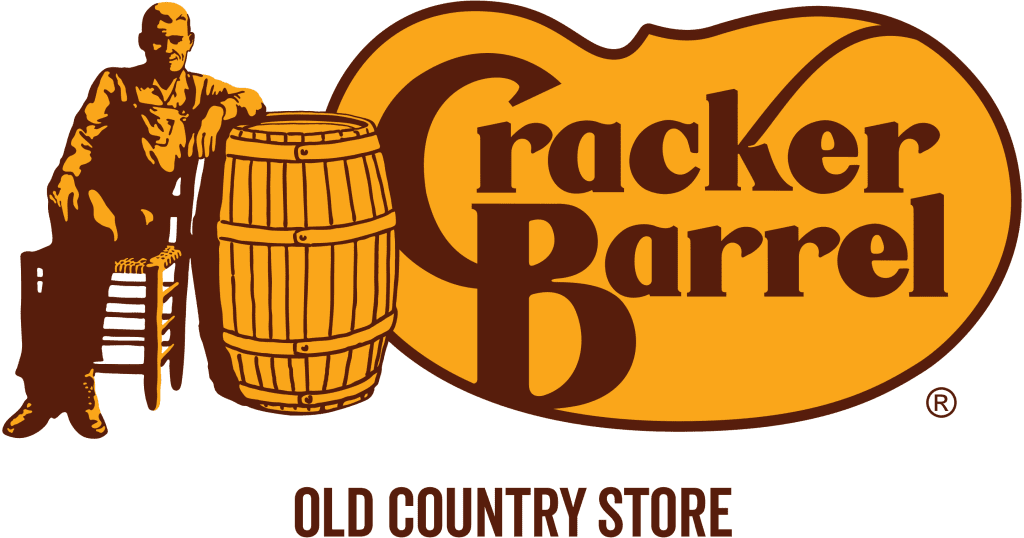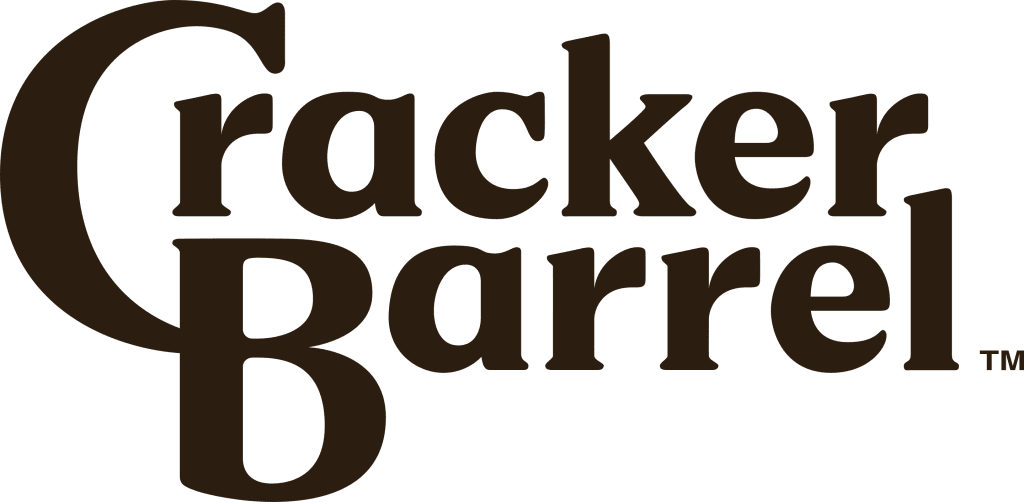A FinancePick Deep Dive

Why Cracker Barrel Changed Its Logo
In 2025, Cracker Barrel revealed a new logo that replaced the iconic image of a man leaning against a barrel with a simplified text-based design. The company positioned this as part of a larger turnaround strategy. However, the move immediately sparked consumer backlash, petitions, and even a $100 million market cap drop within days. Many loyal customers argued that the Cracker Barrel new logo abandoned the heritage and identity that made the brand unique.

How Logo Redesigns Affect Sales Performance
The Recognition and Preference Effect
Research shows that simple, flat logos can improve brand recognition and consumer preference by making them easier to process. But when redesigns are too drastic, customers may react negatively. The Cracker Barrel logo redesign illustrates how a sudden change can create brand discomfort rather than connection.
The Identity and Brand Fit Effect
For heritage brands, logos are more than graphics—they are symbols of trust and authenticity. Studies confirm that when companies replace iconic symbols with minimalist designs, loyal consumers often feel disconnected. This can directly influence customer loyalty, repeat visits, and sales.
The Experience and Word-of-Mouth Effect
History offers strong lessons. Tropicana’s 2009 packaging redesign led to a 20% sales drop in two months, while GAP’s 2010 logo change lasted just one week before being reversed. These cases show how logo redesigns can hurt revenue when they disrupt customer familiarity and weaken brand storytelling.
Cracker Barrel’s Unique Branding Challenge
Unlike many restaurant chains, Cracker Barrel depends on nostalgia and heritage. The old logo represented comfort, tradition, and rural authenticity. By shifting to a stripped-down look, the company unintentionally severed a key emotional bond. Social media amplified the backlash, politicizing the debate and making the Cracker Barrel new logo a national talking point.
Measuring the Impact of Logo Redesign on Sales
- Store-Level A/B Testing: Compare sales performance between restaurants with the new logo signage vs. those still using the old logo.
- Customer Segmentation: Track how loyal, heritage-focused customers respond compared to younger demographics.
- Perceived Authenticity Surveys: Test whether customers view the brand as less “authentic” with the new logo.
- Communication Strategy Testing: Analyze whether pairing the new logo with “heritage preservation” messaging softens the backlash.
These methods help companies quantify whether a logo redesign actually influences restaurant revenue, customer traffic, and brand equity.
Lessons for Branding and Sales
- Logos Are Identity Shortcuts – Radical redesigns risk alienating loyal customers.
- Communicate Before You Change – Explaining what is changing and why helps maintain trust.
- Logos Alone Don’t Drive Revenue – Branding must align with food quality, service, and pricing.
- Pilot Testing Prevents Mistakes – Testing with small groups reduces the risk of widespread rejection.
Branding, Sales, and the Future of Cracker Barrel
The Cracker Barrel new logo controversy is a powerful reminder that logos influence more than visual identity—they shape consumer psychology, brand loyalty, and even short-term stock performance. While logos alone do not determine long-term sales, they act as signals that can either strengthen or weaken customer relationships.
For Cracker Barrel, the real question is whether the redesign becomes a step toward modernization or a case study in how not to rebrand.
